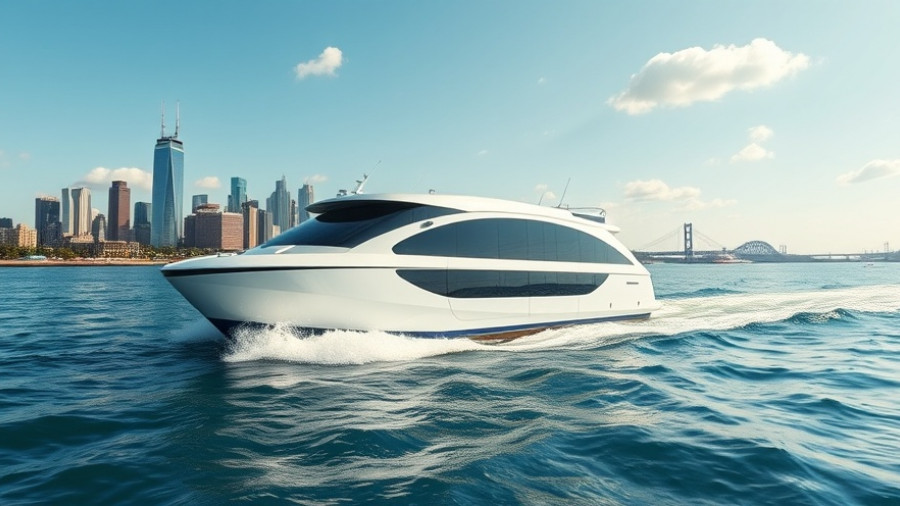
Celebrating a Legacy: The USCGC Olivia Hooker
The recent delivery of USCGC Olivia Hooker (FRC 1161) by Bollinger Shipyards at Coast Guard Sector Key West marks a significant milestone for the U.S. Coast Guard and honors the trailblazing legacy of its namesake, Dr. Olivia Juliette Hooker. As the first African-American woman to serve in the U.S. Coast Guard, Dr. Hooker's remarkable story, from enlisting in 1945 to becoming a respected educator and civil rights advocate, exemplifies the values of honor, respect, and devotion to duty that the Coast Guard embodies.
Strategic Importance of the Fast Response Cutter Program
The USCGC Olivia Hooker is the 61st Fast Response Cutter (FRC) in a series that has become a backbone for the Coast Guard's missions, such as search and rescue, law enforcement, and coastal security. With a design that allows for greater operational flexibility and efficiency, these cutters are suited for the varied conditions of the Gulf Coast, where the Olivia Hooker will be stationed in St. Petersburg, Florida.
Economic Impact and Job Support
The FRC program isn't just significant for military efficacy; it also serves as a powerful economic engine. To date, this program has generated over $2 billion in spending, bolstering not only the shipbuilding industry but also creating and sustaining thousands of jobs throughout the nation. The partnership between the Coast Guard and Bollinger Shipyards is a prime example of how military contracts can drive local economic growth and job creation.
Recent Developments and Future Contracts
In an exciting announcement last month, the Coast Guard awarded Bollinger Shipyards a contract for 10 additional FRCs, supported by unprecedented funding from the $25 billion One Big Beautiful Bill Act. This decision further solidifies the commitment to equip the Coast Guard with reliable vessels capable of handling their expansive operational demands while ensuring that the maritime defense capabilities of the U.S. continue to advance.
From Shipbuilding to Legacy: A Cultural Connection
The naming of the USCGC Olivia Hooker after Dr. Hooker is not merely a tribute; it underscores the significance of representation within the military. It provides an opportunity for the Coast Guard to celebrate diversity and promote inclusion while forging connections between the service and the communities it protects. By exemplifying heroes like Dr. Hooker, the Coast Guard not only honors their past but inspires future generations of service members.
Concluding Thoughts on Commitment and Innovation
The delivery of USCGC Olivia Hooker reinforces the longstanding partnership between the U.S. Coast Guard and Bollinger Shipyards, a relationship built on trust, innovation, and excellence in shipbuilding. As the Coast Guard continues to adapt to meet emerging challenges, vessels like the Olivia Hooker will play critical roles in safeguarding our waters and enhancing national security.
 Add Row
Add Row  Add
Add 




Write A Comment